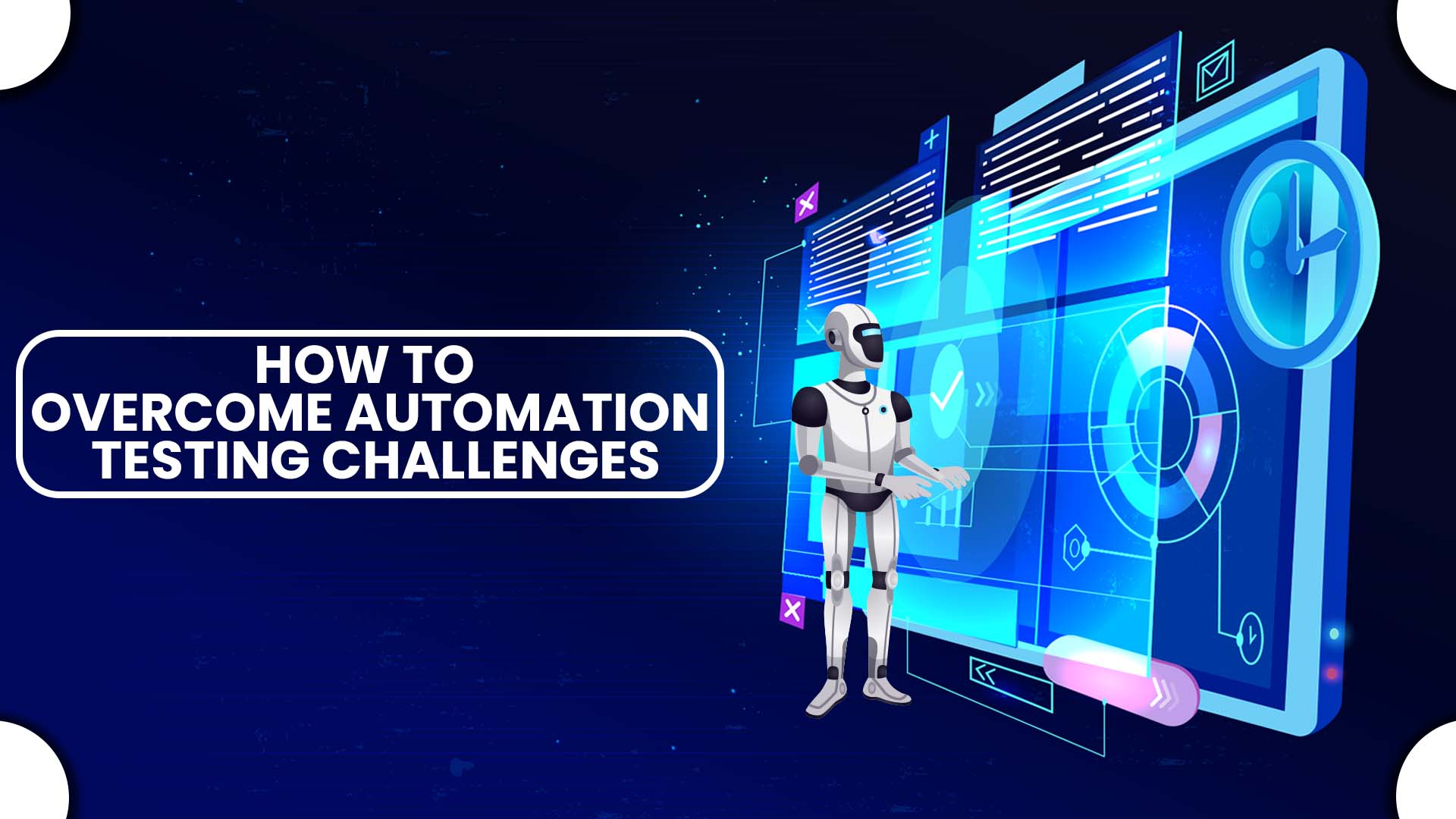Software products across the world are tested – either through manual processes or are automated. Some manual tests like usability testing and delivery testing are of paramount importance in determining the functionality of a software. Other tests that are conducted on software products include functional testing, regression testing among numerous others. These can be done manually, but their mundane nature equates to a wasteful practice to put the human workforce behind these tests. In such cases where these tests are repetitive, software test automation is employed.
In simple words, software test automation is a process where different tests are run automatically, ensuring all the relevant data is captured and managed to be utilized to improve the quality of the software. This automation process is beneficial for everyone, right from the business analysts to the DevOps engineers to the developers, ensuring quality assurance across every level. In fact, its popularity has soared over the last couple of years, with the size of the testing market exceeding USD 14 billion in 2019 with an expected growth CAGR of 15% and above from 2020 to 2026.
So, how do we choose which tests to automate?
As much as everyone wants, it is not practical to automate all tests, making it extremely pivotal to determine which tests must be automated first. A common industrial practice is to automate tests that require multiple rounds of repetitions. Tests that just need to be performed a few times without any repetitions are better off with manual testing mechanisms. Moreover, tests that require large amounts of data and energy can be automated, easing the burden on the workforce, whilst ensuring efficiency.
Effective software test automation is done by automating:
- The repetitive tests that are run for different builds
- Tests that might have human discrepancies
- Tests that cannot be performed manually
- Tests that are cumbersome if done manually
- Tests that are run on different hardware or software configurations and platforms
- Tests that could encounter high-risk conditions
While it is imperative to choose the right tests to automate, it is also equally imperative to carefully plan and design the automation mechanism. The onus falls on the companies to determine and define the goals for software test automation, keeping in mind the results of such tests and their impact on the overall software development.
Building a cost-effective test automation strategy with a result-oriented approach
To get the most out of software test automation, it is of paramount importance to pair a cost-effective automation strategy with the right result-oriented approach. This will help the software maintain the standards of the market whilst avoiding any technical glitches or fallouts. With the objective of every software project being the production of a high-quality output while cost and time are saved, an effective software automation achieves this by following a series of building blocks that form the foundation of an automation strategy. These building blocks are:
- Test automation approach
- Scope of automation
- Automation test environment
- Execution plan
- Risk analysis
- Review & failure analysis
Test Automation Best Practices
Whilst software test automation is now considered a common practice across the industry, it is important for organizations to pay heed to the best practices. These include:
Atomic test:
An atomic test is a strategic operation that is carried out to ensure that the test is completely self-contained. This means that the result of the test is independent of the outcome of the other tests, irrespective of their running nature.
Test sizing:
While tests are run in correspondence with the conventional testing pyramid, where unit tests comprise the bottom layer, the integration tests take up the middle and the graphical user interface tests take up the top, it is important to have tests that run as fast as possible.
Readability:
One of the biggest problems that software developers face is when it comes to reading a code and finding out what is wrong with it. While software test automation is designed to ease the burden off the shoulders, developers must be vigilant of creating the test code keeping the reader of the code in mind.
Testability:
One of the important facets that need to be considered for all the applications from the start is testability. Application codes can be made more stable by providing unique element IDs and APIs to create the necessary hooks that can be used in automated tests.
Stable environment:
Often ignored, the dearth of a stable environment for testing can prove to be a major hindrance for any automation test. Moreover, tests failing due to different environmental issues rather than due to application issues can put roadblocks into testing efforts.
Selecting the right automation tool
While enough has already been said about the need for selecting the right software testing automation tool, it is equally important to consider numerous factors before making the selection. These include:
- Support for your technology and platforms
- Flexibility for testers across skill levels
- Easy to use and feature-rich operations
- Ability to integrate seamlessly with the existing ecosystem
- Capability to create tests that are maintainable, reusable and resistant to changes
- Capability to even test different enterprise applications
What’s the ROI of Test Automation?
One of the most frequently contested questions is if there is any viable ROI for software test automation. While it has been evident that automation can reduce costs, extend the scope of testing and mitigate risks, its direct impact on ROI has always been fiercely contested. This league of apprehension comes especially from the management when it comes to allocating funds for an efficient software test automation application. According to the Inforworld Survey, organizations that automate at least 50% of their tests enjoy 88% faster testing cycles, 68% better ability to catch bugs earlier, and have a 71% better test coverage making the solution ready for the market quicker without having to compromise on the quality.
It is also noteworthy to mention that automated tests can run 5 times faster than conventional manual tests. By automating different tests of a development cycle, one can re-test with negligible effort for the next cycle, ensuring an expanded test coverage. While manual testing can help find critical defects, automated testing gives developers an insight into the subtle defects that are hard to find. It is also universally accepted that when bugs are found earlier in the lifecycle of software development, the lesser will be the costs that will be incurred. Moreover, any defects in coding after the release can cost at least 5 times more to fix the solution than during unit testing. Owing to these factors, it is safe to say that software test automation has a significant ROI for organizations. This is attested by the results from the European Software Testing Benchmark Report which indicated that 24% of the respondents saw a return on their investment in the first six months, 28% saw it in the first 12 months and 15% of the respondents witnessed results after a year.
Recommendations for Driving Business Value from Test Automation
With the aforementioned facts, it is safe to say that software test automation has a positive impact on the ROI of an organization. Additionally, test automation can have a significant business value as it:
- Improves the quality of the software
- Restricts different operational issues
- Ensures a good reputation among customers
- Has a significant impact on the costs to fix bugs
- Saves legal hassles
How QATTS can simplify and improve all types of testing at every stage of the development cycle
Though we’ve discussed in detail about software test automation and its influence on businesses, it is equally important to shed light on QATTS, one of the best solutions in the market that is committed to offering the best test automation tools to businesses. Driven with the aim of offering easy-to-use and effective test automation solutions for different digital products, the team at QATTS designs smart solutions by keeping testers of all skill levels in their mind. With simple, reliable and smart products, QATTS has built an indispensable reputation of taking different automation challenges head-on and delivering impeccable solutions, making them one of the best in the market.


